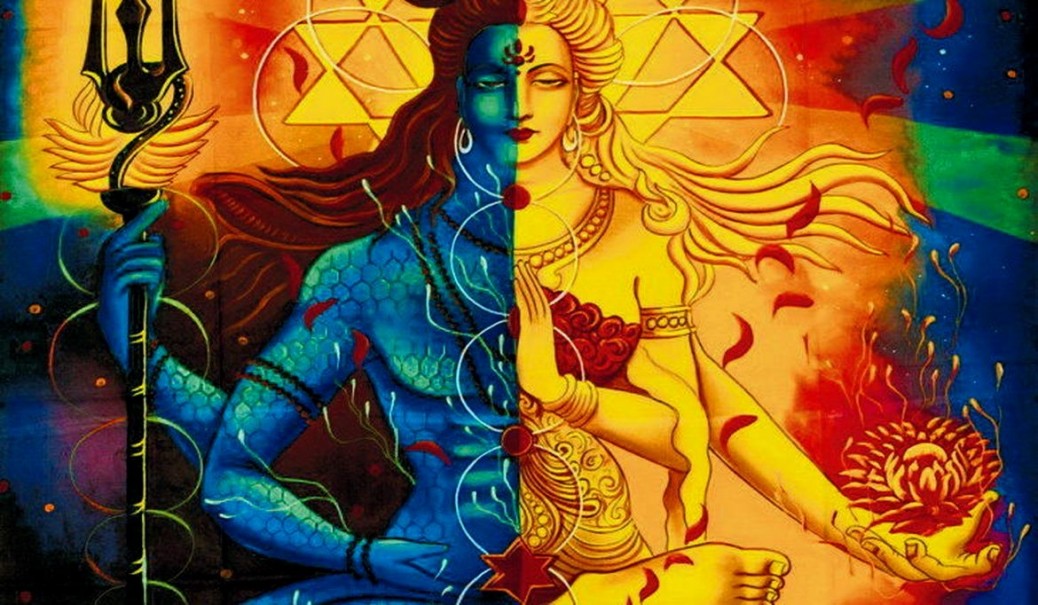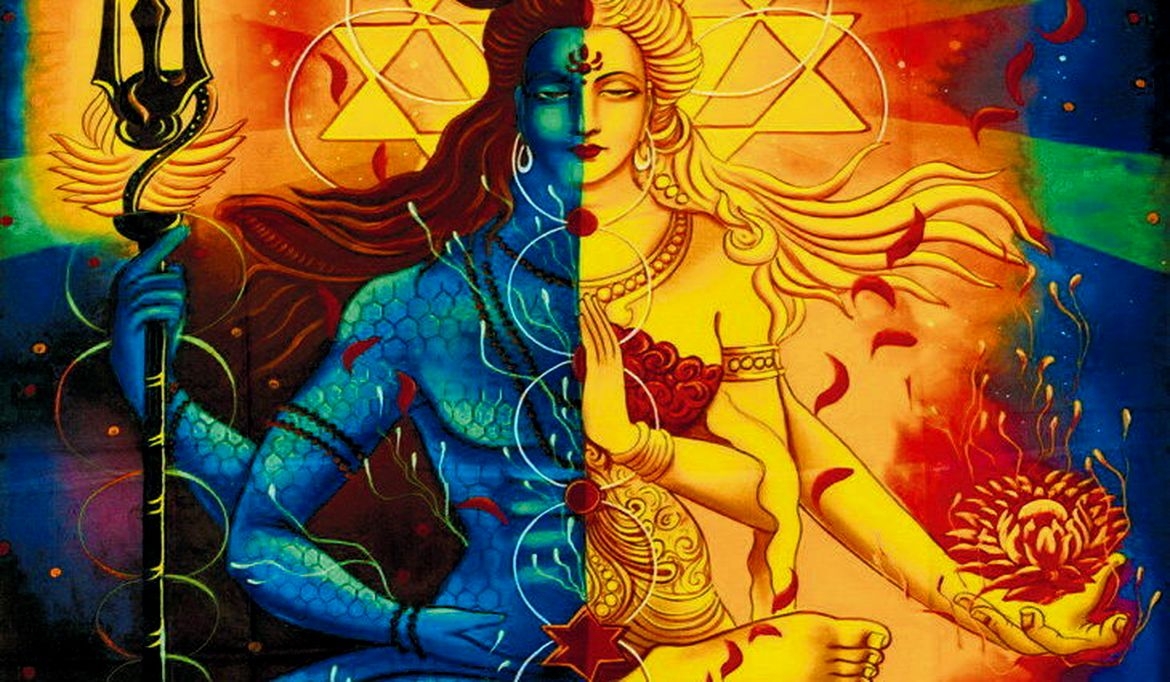VBT – Meditation 40.5
Soundlessness Is Complete
Also we have a question – how the state of total soundfulness can be equal to total soundlessness.
“God is and God is not” has been uttered by those who know. “God is” is uttered by those who do not know and “God is not” is also uttered by those who do not know. Those who know, they utter both simultaneously: God is and God is not.
“Anahat nad” is a contradictory term, but used with much consideration – with deep consideration. It is meaningful. It says that the phenomenon is felt as a sound and it is not a sound. It is felt as a sound because you have only felt sounds, you do not know any other language. You know only the language of sounds; that is why it is felt as sound. But it is silence, not sound.
And our question: “Explain in which way the state of soundfulness can be equal to total soundlessness.”
It is always so. The zero and the absolute both mean the same!
For example, if I have a jar which is completely empty and I have another jar which is completely filled, both are complete. One is completely empty, another is completely filled. But both are complete, both are perfect. If the jar is half-filled, it is half-filled and half-empty. You can call it half-empty, you can call it half-filled. But whether it is completely empty or completely filled, one thing is common to both: completeness!
Soundlessness is complete. You cannot do anything more to make it more soundless. Understand this: it is complete, nothing can be done. You have come to a point beyond which there is no movement possible. And if a sound is total you cannot add anything to it. You have come to another limit; you cannot go beyond it. This is common and this is what is meant.
One can say it is soundlessness because no sound is heard, everything has become absent. You cannot take anything further from it; it is complete. Or you can say it is a complete sound, a full sound, absolute sound; nothing can be added to it. But in both the cases the indication is for perfection, absoluteness, wholeness.
It depends on the mind. There are two types of minds and two types of expressions. For example, if you ask Buddha, “What will happen in deep meditation? When one achieves samadhi what will happen?” he will say, “There will be no dukkha – there will be no pain.” He will never say there will be bliss, he will simply say there will be no pain – just painlessness. If you ask Shankara, he will never talk about pain. He will simply say, “There will be bliss – absolute bliss.”
And both are expressing the same experience. Buddha saying “no pain” refers to the world. He says, “All the pains I have known are not there. And whatsoever is there, I cannot relate it in your language.”
Shankara says, “There is bliss, absolute bliss.” He never talks about the world and its pain. He is not referring to your world; he is referring to the experience itself. He is positive; Buddha is negative. But their indications are toward the same moon.
Their fingers are different, but what their fingers indicate is the same.
Tags: Soundlessness Is Complete





